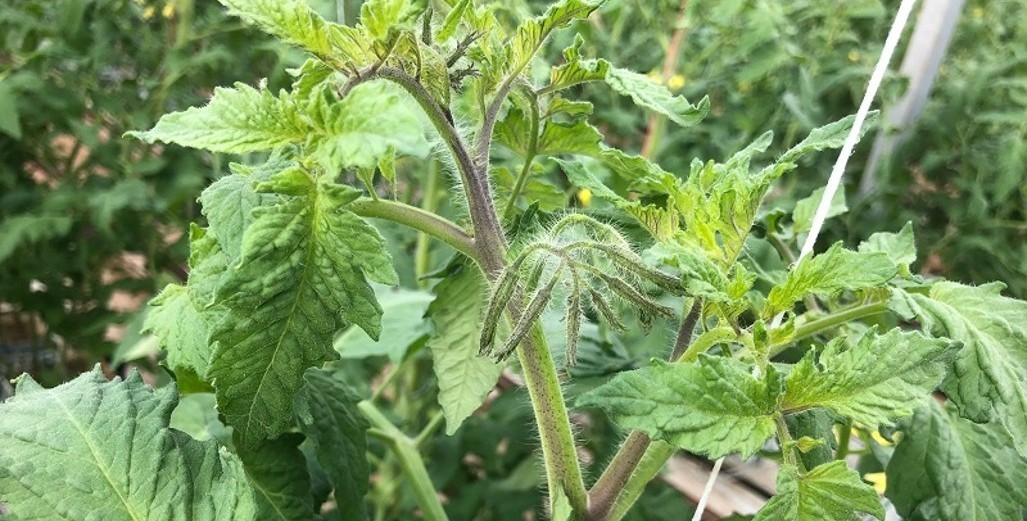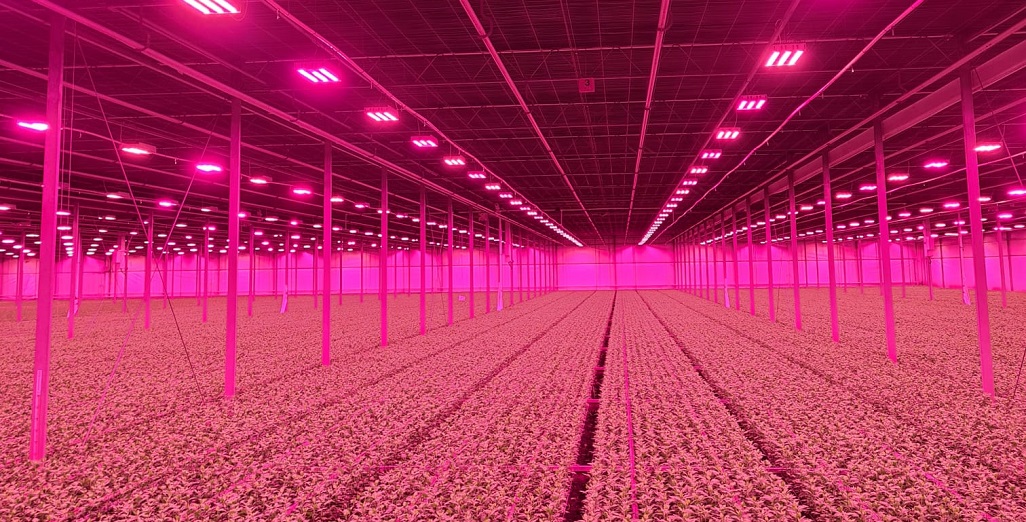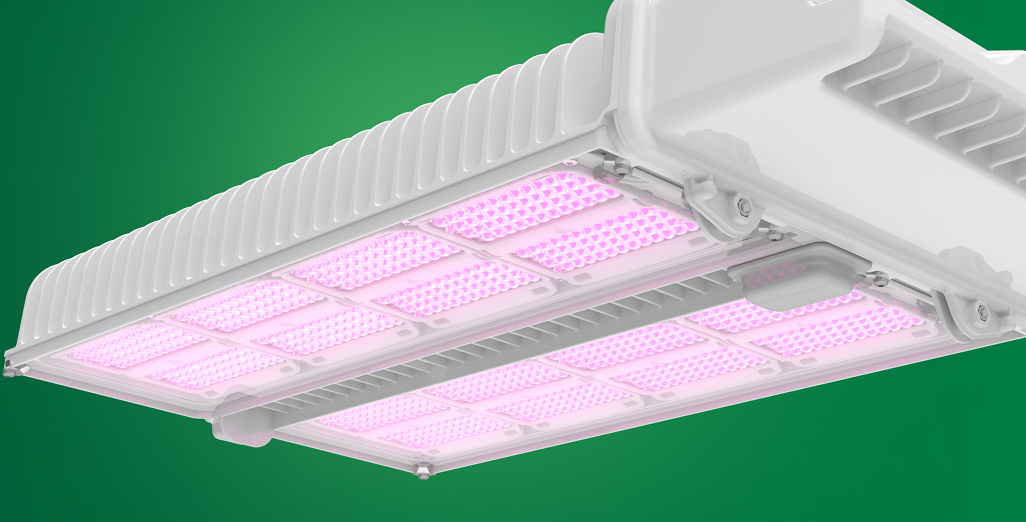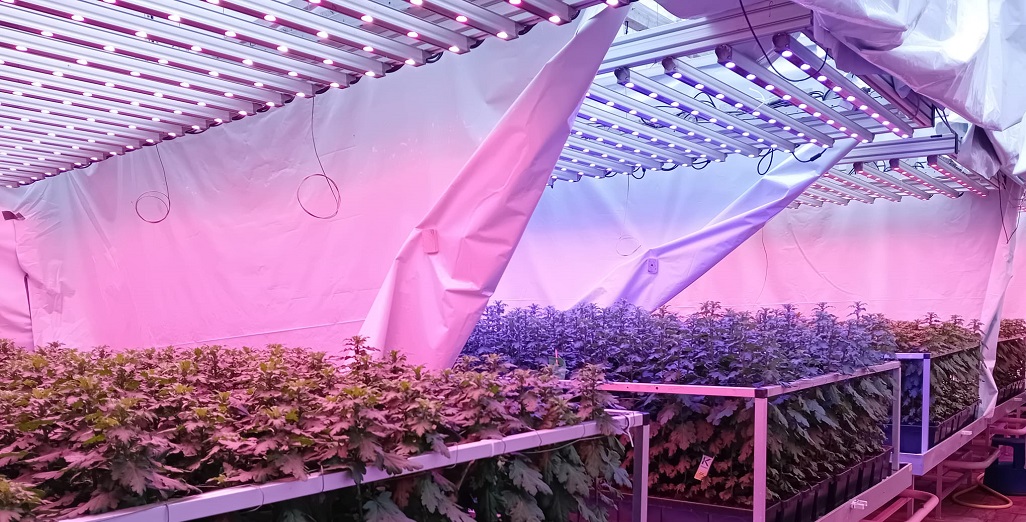Sign up here to subscribe to the Grower2grower Ezine. Every two weeks you will receive new articles, specific to the protected cropping industry, informing you of industry news and events straight to your inbox.
Oct 2021
Too Much Vigour?

Some tips for growing a young tomato crop in October and November
Many years ago, I planted a tomato crop during early November, at the time thinking how easy it was going to be – it was the total opposite. It was the single hardest crop I ever grew. Traditionally I planted around the shortest day and very much underestimated the value of light on a young crop – I have learnt a lot since then and now have many more tools in my toolbox, but at the time I struggled.
October-November is almost the perfect time to grow with increasing light levels and good natural temperatures. The issue I had was controlling the balance of the plant. I grappled to control the rapid and strong vegetative growth, I used temperature and irrigation manipulation, to what I thought was appropriate, but in hindsight I could’ve pushed the plant a lot harder.
Heating a greenhouse in October-November sufficiently, for a new crop, is a really hard thing to do as you know when the produce is first harvested it will not cover the costs of heating – but you also know if you don’t heat during this period the plant could go vegetative, causing huge issues with plant health from May onwards. In contrast if you decided to strangle the water application to the plants you could also cause irreversible root damage- so the balance is tricky to get your head around heating and irrigating appropriately to keep your plant in balance but also not cause long term issues.
During a recent visit to a newly planted tomato crop, it was apparent that changing direction could occur daily. From one day to the next the plant can build up huge energy levels, if too much water and not enough temperature are achieved then overnight a vegetative (fat stem) will transform a young crop. It is important, during this critical stage, to record the growth of the plants more than once a week or until a decent sink (example, fourth or fifth truss is set), you must be able to either decrease the water, without causing root damage, or increase the temperature to keep the plant in balance. Removal of the leaf panels is also crucial to control the balance in this period.
If you are intending on growing a long crop, planted during October or November, then the first two meters of the stem is critical for plant longevity. For the crop I visited it was not of high significance as the crop has been planned as a short crop, however, it is still advantageous to grow this plant as balanced as possible to get those extra trusses set. In this particular scenario I would use the sun to increase 24-hour temperature, especially if the heat source is not an option.
Unlike the winter when young plants grow slower, due to low light, you have time to make adjustments. With new crops planted in high light, from December onwards, I find it much easier to control the plant as the natural temperature and light allows you to build a fruit load quickly. The root systems will be much younger heading into the autumn/winter so you may be inclined to be more aggressive than in the spring. (Note – For glasshouses, I advise a shade coating be applied for crops planted in December-February until the third or fourth truss is set, then remove the coating).
So even though it may seem a walk in the park, planting a commercial crop during October and November is tricky and I will always draw on experience and previous errors to keep me on my toes.
Article written and compiled by Stefan Vogrincic
All Article’s checked and edited by Marie Vogrincic
I appreciate your comments. Please feel free to comment on the grower2grower Facebook page:
https://www.facebook.com/StefanGrower2grower/
CLASSIFIED
Subscribe to our E-Zine
More
From This Category

Ground cover: woven weed mat or solid plastic… or both?

Integration of Philips GrowWise control system with climate computer allows Huisman Chrysanten to light more effectively and efficiently

New Philips GreenPower LED toplighting force 2.0

Condensation re-visited

Philips GrowWise Research Center to test and showcase intelligent lighting

























